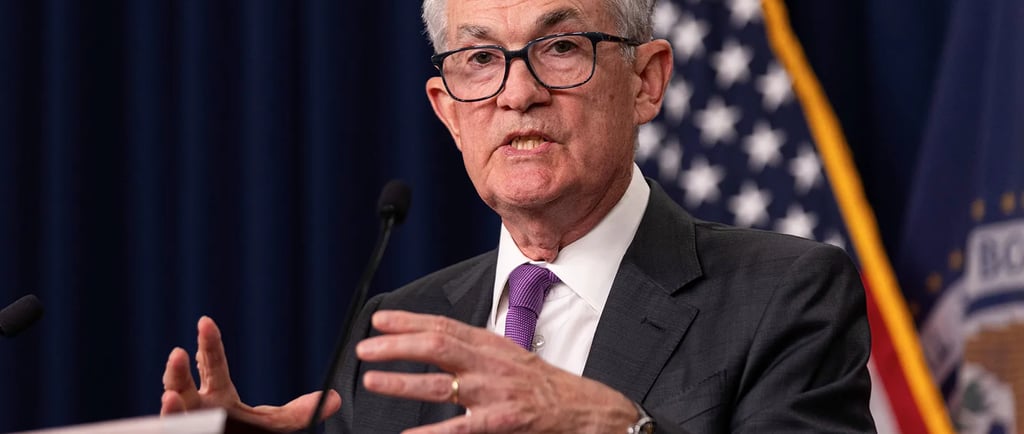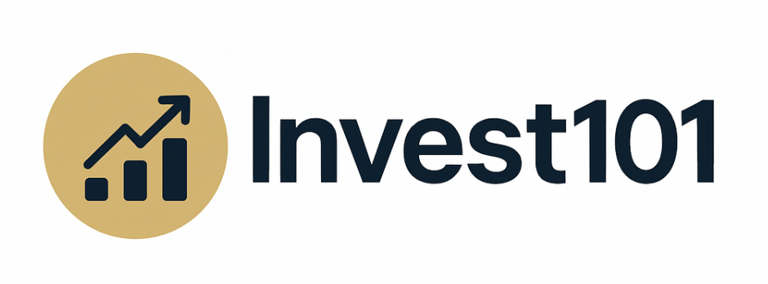What Happens When Interest Rates Stay High?
How a “higher-for-longer” world reshapes markets and investor strategy
MACRO & POLICY
7/8/20252 min read


After years of near-zero interest rates, central banks around the world, especially the U.S. Federal Reserve have shifted into a new regime:
“Higher for longer.”
In plain terms, this means interest rates may stay elevated for an extended period, even if inflation cools.
But what does this mean for markets, for the economy and for your portfolio?
Let’s break it down.
Why Do Central Banks Keep Rates High?
Central banks raise interest rates to:
Slow inflation
Cool down overheating economies
Reinforce credibility after periods of easy money
Even after inflation shows signs of falling, central banks may keep rates high to:
Avoid a second inflation wave
Rebuild “policy ammunition” for future recessions
Signal that financial conditions won’t loosen too fast
What Are the Economic Effects of High Rates?
Slower growth
Borrowing becomes more expensive for businesses and households
Investment and hiring decisions slow down
Sectors like real estate and autos are particularly sensitive
Tighter credit
Banks lend less when rates are high
Corporate and consumer debt becomes harder to roll over
Cooling inflation
Demand softens across the economy
Wage growth stabilizes, easing input pressures
How Do Markets React to Prolonged High Rates?
Bonds
Bond prices fall as yields rise
Long-duration bonds become especially vulnerable
Investors rotate into short-term Treasuries and money markets for safer yield
Equities
Valuations compress, especially for growth stocks
Higher discount rates reduce the present value of future cash flows
Defensive sectors (utilities, healthcare, value stocks) often perform better than high-growth tech
Real Estate
Mortgage rates remain high → lower affordability → housing demand cools
Commercial real estate (especially office space) struggles under refinancing costs
Currency
Higher rates attract foreign capital → the dollar (or other local currency) strengthens
This impacts emerging markets, commodities, and global trade flows
Portfolio Shifts in a High-Rate Environment
What smart investors often do:
Increase allocation to short-term bonds or money market funds
Favor value over growth in equities
Look for dividend-paying stocks with strong cash flow
Reduce exposure to highly leveraged sectors (e.g. speculative tech, REITs)
Keep some dry powder for opportunities created by volatility
Watch for Turning Points
Markets are forward-looking. Once central banks signal rate cuts, asset classes will begin to reprice quickly often before the actual cut happens.
That’s why it’s important to:
Watch central bank language (e.g. Fed dot plots, press conference tone)
Monitor inflation surprises and labor market data
Be flexible, but not reactionary
Final Thought: Adapt, Don’t React
A high-rate world isn’t bad, it’s just different.
Investing is about adapting to new regimes.
In a world where “free money” is gone, investors must be more selective, more value-conscious, and more focused on real cash flow.
The good news? Yields are finally back and with the right mindset, opportunities are too.
Invest101.blog
Articles and resources for smart investing.
Contact
contact@invest101.blog
© 2025. All rights reserved.
